Growing Incidence of Cancer
The rising incidence of cancer worldwide is a primary driver of the Oncology Drugs Market. According to recent statistics, cancer cases are projected to increase significantly, with estimates suggesting that by 2040, the number of new cancer cases could reach 29.5 million annually. This alarming trend necessitates the development and availability of effective oncology drugs, thereby propelling market growth. The increasing prevalence of risk factors such as obesity, smoking, and an aging population further exacerbates this situation. As healthcare systems strive to address this growing burden, investments in oncology drug research and development are likely to intensify, fostering innovation and expanding treatment options within the Oncology Drugs Market.
Advancements in Precision Medicine
Advancements in precision medicine are transforming the Oncology Drugs Market by enabling more personalized treatment approaches. The integration of genomic profiling and biomarker testing allows for the identification of specific cancer types and their unique characteristics. This tailored approach not only enhances treatment efficacy but also minimizes adverse effects, leading to improved patient outcomes. The market for precision oncology drugs is expected to witness substantial growth, with projections indicating a compound annual growth rate of over 10% in the coming years. As healthcare providers increasingly adopt these innovative strategies, the demand for precision oncology drugs is likely to surge, further driving the Oncology Drugs Market.
Rising Investment in Cancer Research
Rising investment in cancer research is significantly influencing the Oncology Drugs Market. Governments, private organizations, and philanthropic entities are increasingly allocating funds to support cancer research initiatives. In 2023, global funding for cancer research reached approximately 200 billion USD, reflecting a commitment to advancing treatment options and improving patient care. This influx of capital fosters innovation, enabling the development of new oncology drugs and therapies. As research progresses, the Oncology Drugs Market is likely to benefit from a continuous stream of novel treatments, enhancing the overall landscape of cancer care.
Increasing Patient Awareness and Advocacy
Increasing patient awareness and advocacy for cancer treatment options is driving the Oncology Drugs Market. Patients are becoming more informed about their treatment choices, leading to a demand for innovative oncology drugs. Advocacy groups play a pivotal role in educating patients about available therapies and clinical trials, thereby empowering them to make informed decisions. This heightened awareness is likely to translate into increased utilization of oncology drugs, as patients actively seek out the latest treatment options. Consequently, the Oncology Drugs Market is expected to experience growth as more patients engage with healthcare providers to explore advanced therapies.
Regulatory Support and Accelerated Approvals
Regulatory support for oncology drugs is a crucial driver of the Oncology Drugs Market. Regulatory agencies are increasingly implementing expedited approval pathways for innovative cancer therapies, recognizing the urgent need for effective treatments. Initiatives such as the FDA's Breakthrough Therapy Designation and Priority Review programs facilitate faster access to promising drugs. This supportive regulatory environment encourages pharmaceutical companies to invest in oncology research and development, leading to a more robust pipeline of new therapies. As a result, the Oncology Drugs Market is expected to expand, with a growing number of novel drugs entering the market to address unmet medical needs.


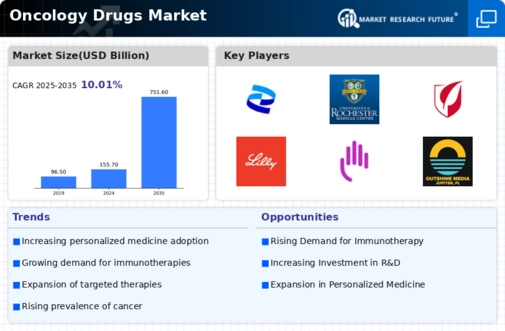
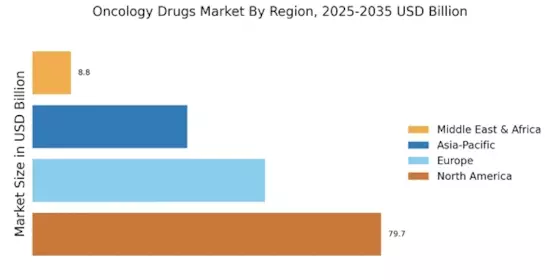
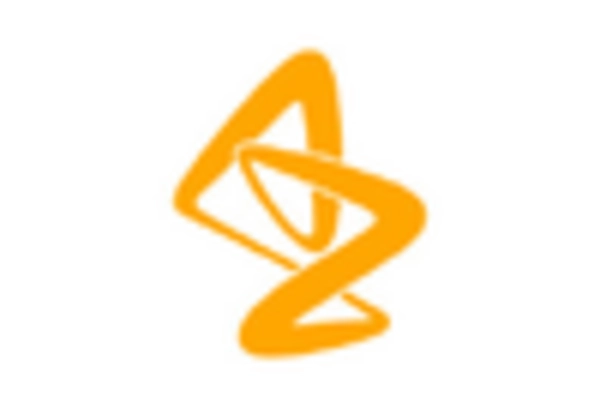
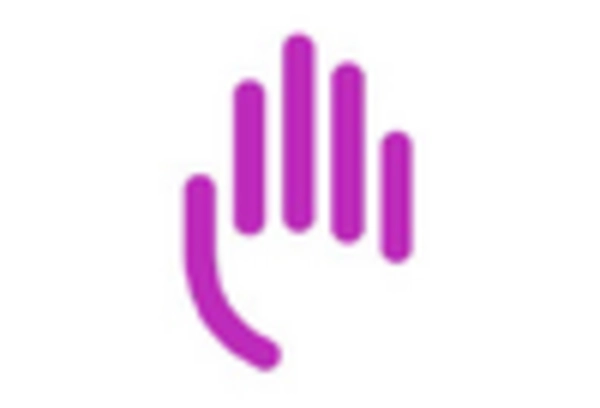
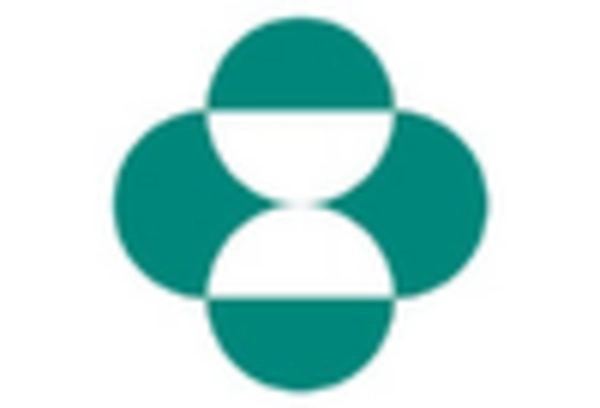
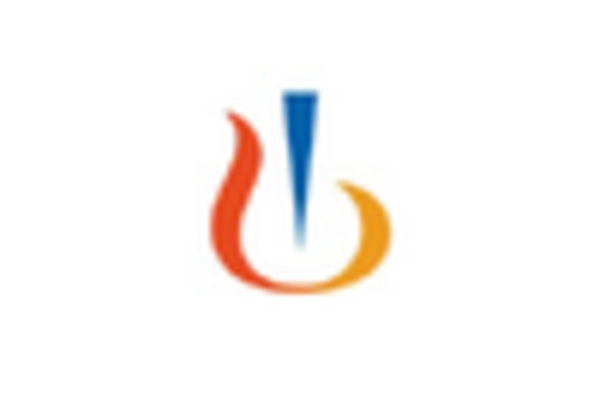

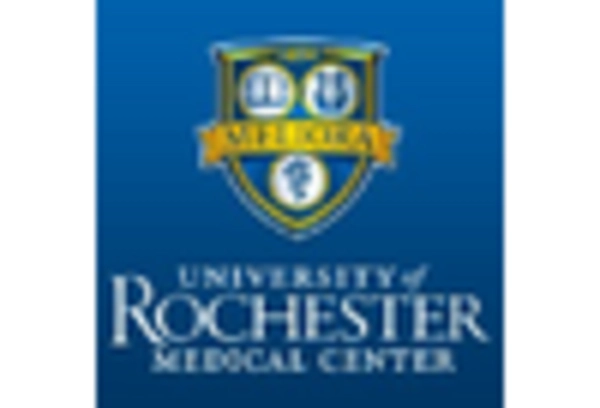








Leave a Comment